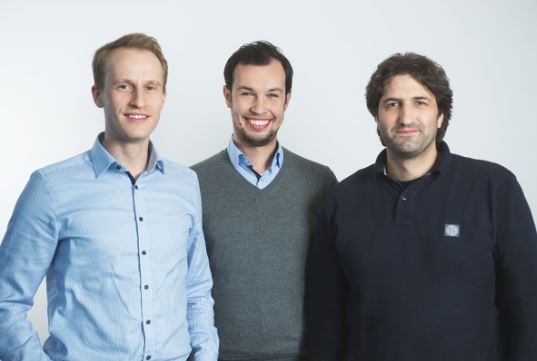Venneos
-
0 comments

There is increasing interest in neuronal networks in artificial intelligence – but how about networks of real human neurons connected to a computer to make computers naturally intelligent? While this idea sounds like science-fiction, it was the scope of the EU-funded ‘RAMP’ project whose partners - including the German SME Venneos - were able to demonstrate that this idea could become reality in the near future.
About the Innovator
Venneos interfaces the animate world of biological cells and inanimate world of electronics. To do so, Venneos has developed and markets the ‘CAN-Q‘, the next generation for label-free analysis of biological cells. The CAN-Q is a versatile analysis platform with a fundamentally new readout based on electrical properties of biological cells (CAN-Spectroscopy). The CAN-Q allows customers to detect cellular changes which remain invisible with other technologies.
/futurium/en/file/venneos-smalljpgvenneos-small.jpg

What is the innovation
During the EU-funded Project ‘RAMP’ Venneos worked with its project partners on a Neurohybrid system to establish a new way of communication between computers and human brains. Communication between artificial and natural worlds was established through transducer chips developed by Venneos, allowing large-scale direct electrical interfacing of neuronal networks in culture to artificial microelectronics-based networks. The biohybrid system represents a fundamental step towards the development of novel brain-inspired computing architectures as well as ‘intelligent’ autonomous systems and prostheses.
Out of the lab - Into the Market
Venneos is currently entering the market with the CAN-Q and focuses on in-vitro applications such as label-free cell-based assays in cancer research or drug development. A next step will be to expand the technology to (point-of-care) diagnostics applications such as antibiotic testing or liquid biopsy. In a final step Venneos will focus on in-vivo applications, such as the Neurohybrid chip developed during the RAMP project.
Benefits of participation in the Framework Programme
The EU-funded RAMP project helped to demonstrate the potential of connecting biology to electronics. Together with our project partners Venneos could lay the foundation for future in-vivo applications and acquire valuable know-how for its current in-vitro applications. Thus, Venneos will profit from the project short-, mid- and long-term.

